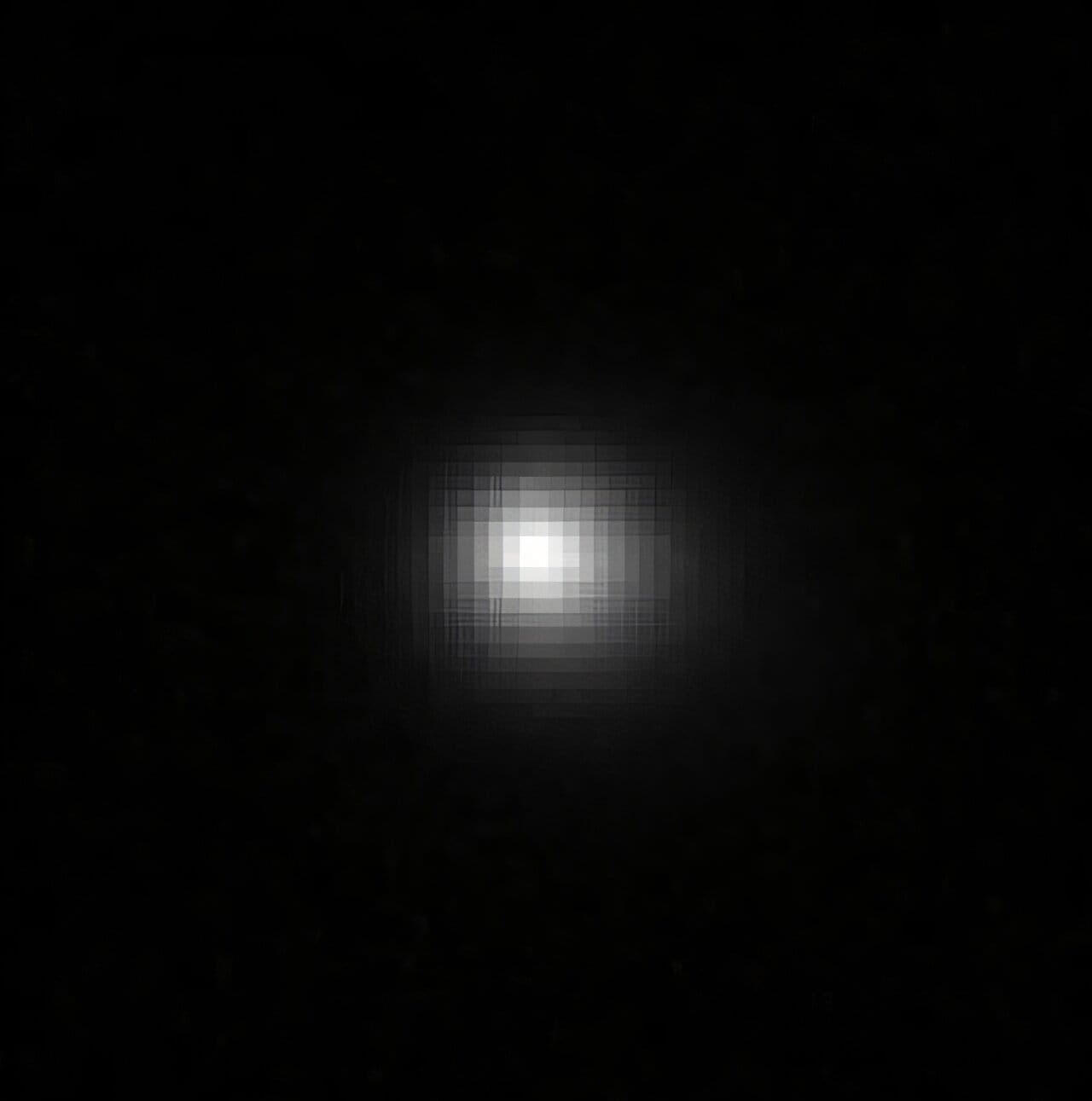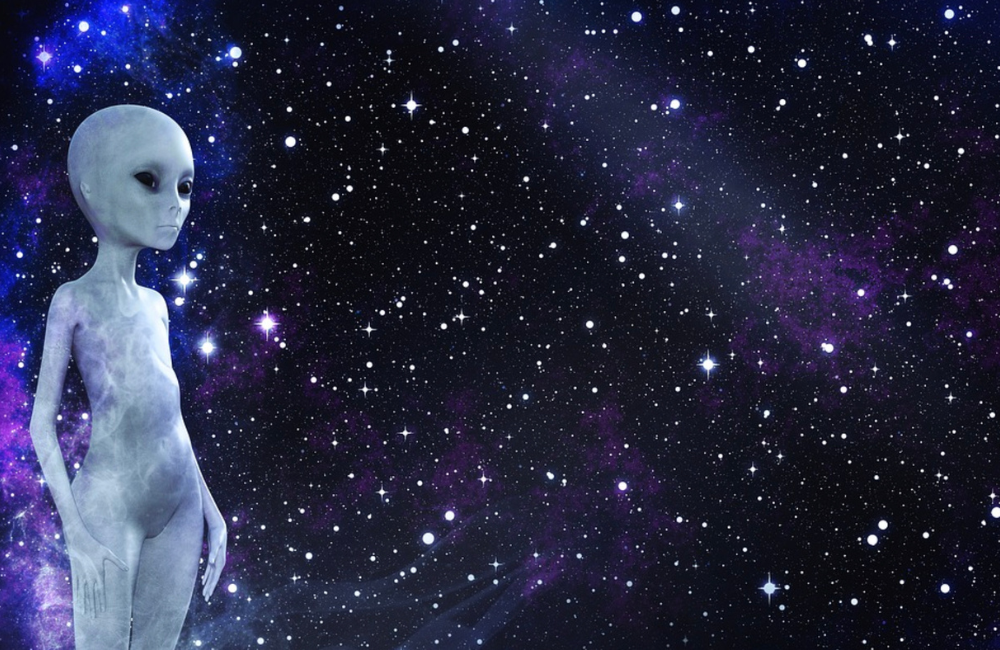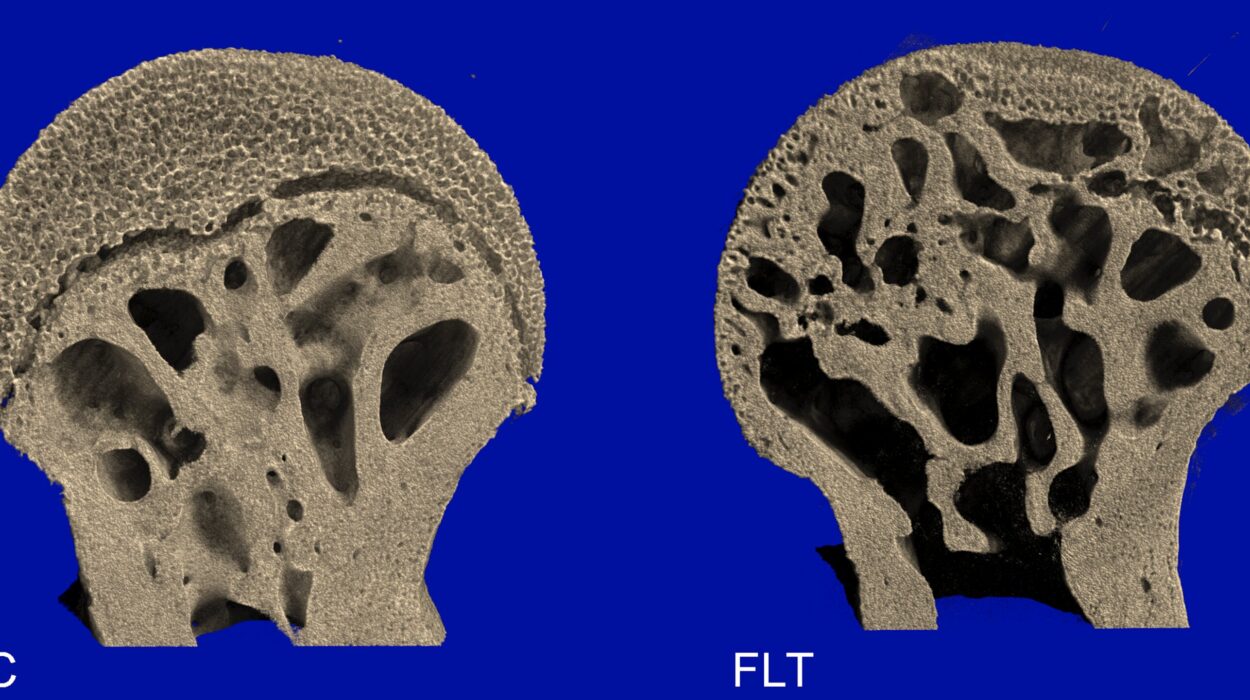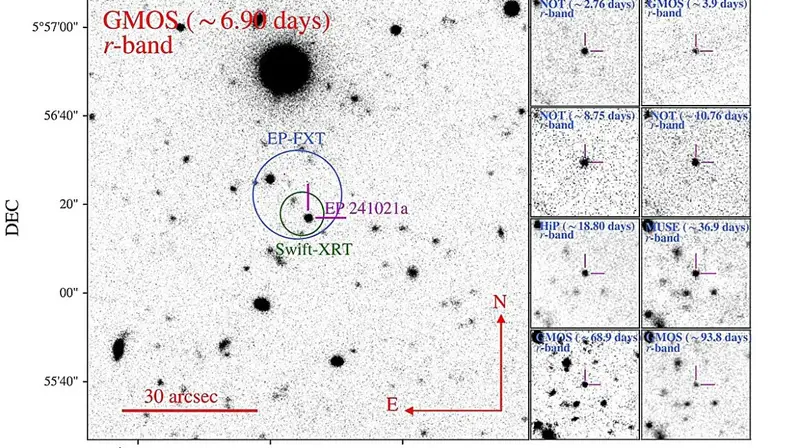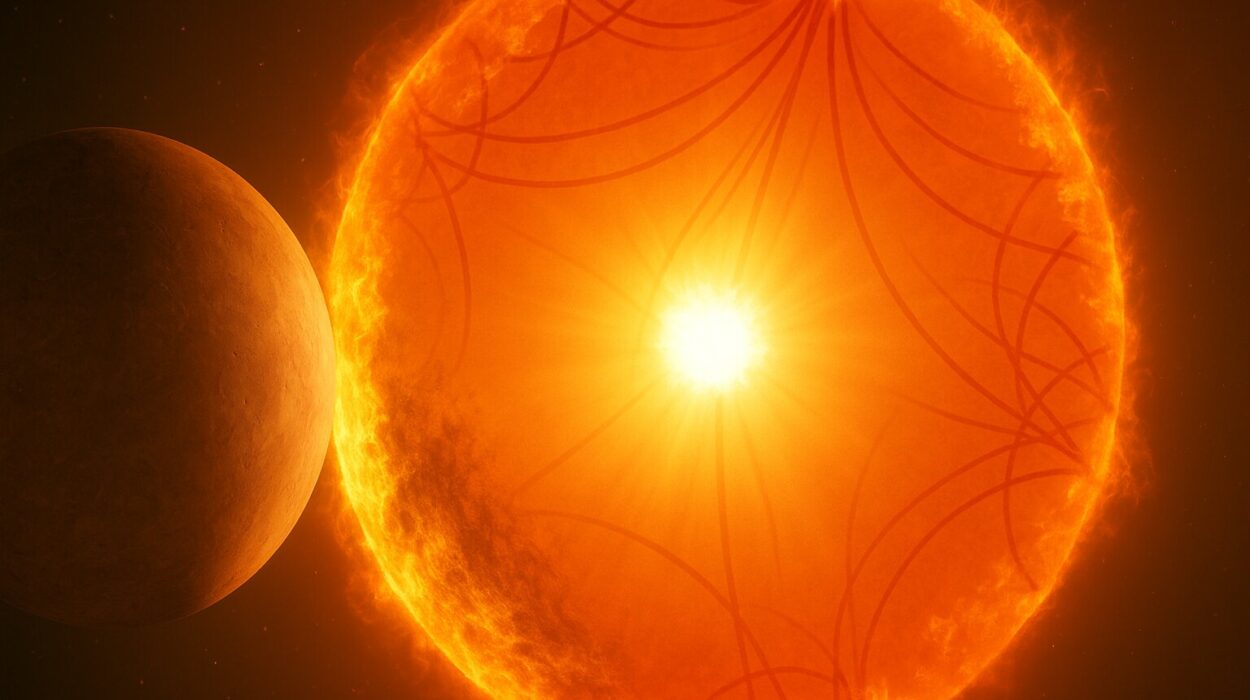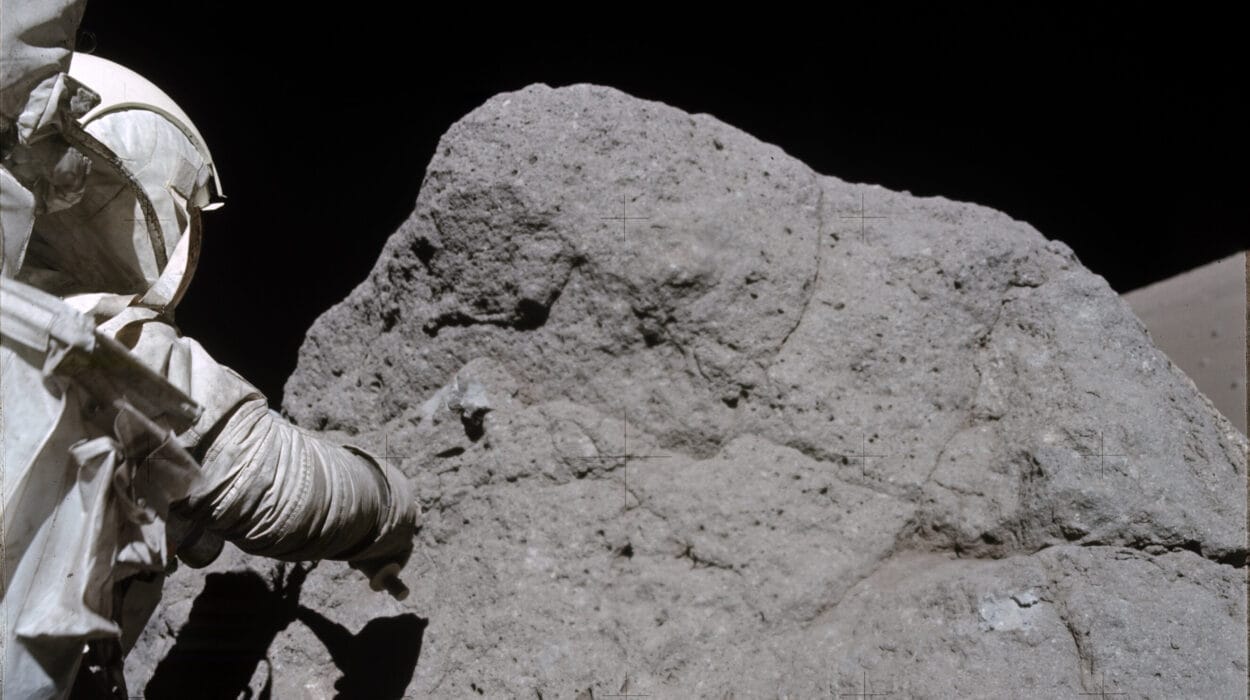In science, there’s a strange kind of magic—one that doesn’t shimmer like spells or flicker like fire, but whispers gently in the quiet corners of our curiosity. Sometimes, the greatest discoveries don’t begin with grand intentions. They arrive, uninvited, in the background noise of exploration. They hide in the margins, waiting for a patient eye or a lucky accident. The universe, it seems, likes to keep a few secrets up its sleeve—until the right moment.
In June of 2024, one such moment arrived. And it began not with fanfare, but with silence—silent images captured by a telescope that wasn’t even fully awake.
Rubin’s First Gaze
The Vera C. Rubin Observatory, a towering achievement of astronomical ambition perched atop Cerro Pachón in Chile, was just beginning its Science Validation (SV) phase. Its full operational life hadn’t started yet. It was stretching its metaphorical legs, preparing to conduct the Legacy Survey of Space and Time (LSST)—an audacious 10-year project that aims to create the most detailed map of the dynamic sky ever conceived.
But fate, as it often does in science, had other plans.
Between June 21 and July 7, Rubin’s Simonyi Survey Telescope, with its enormous 8.4-meter mirror and 3.2-gigapixel camera—the largest ever built for astronomy—just happened to be pointing at a region of sky that would soon become unexpectedly important. Unbeknownst to the engineers and astronomers testing the system, the telescope was quietly documenting an interstellar traveler. Not a star. Not a planet. But something far rarer: a comet from another solar system.
Ten days later, that object would be officially discovered and named 3I/ATLAS, the third confirmed interstellar object to ever grace our cosmic neighborhood. And Rubin had seen it first.
The Earliest Light
Long before 3I/ATLAS had a name, a trajectory, or a story, it was already writing itself into Rubin’s archives. The telescope captured 49 images of the object in total during this period. Some were unusable—blurred by alignment processes or disrupted by nearby stars. But nineteen of them, taken with intentional SV procedures, turned out to be among the clearest, most detailed images of the comet yet released.
They are now the earliest high-resolution images of 3I/ATLAS, and likely the best we will ever have of its pre-discovery state.
What’s extraordinary isn’t just that Rubin caught these images—it’s that it caught them before anyone knew what it was. The telescope was still testing its limits, its data not yet passing through the polished, automated pipelines that would soon process terabytes of cosmic data each night. These early images had to be handled manually, with custom data pipelines—a painstaking process that paid off in gold.
What emerged from those frames was unmistakable: a comet. And not just any comet—one born in a distant solar system, cast adrift into interstellar space, and now streaking through ours.
Proof in the Dust
The images revealed something more than just a distant traveler. They confirmed behavior that was uniquely cometary: a hazy coma of gas and dust surrounded its icy nucleus, expanding visibly over time. Over the 17-day observational period, the size of the coma grew by approximately 58%, a sign that the object was warming as it approached the sun and shedding material in response.
In one particularly curious feature, 3I/ATLAS displayed a sunward-facing tail, a trait that defies initial expectations. Normally, comet tails are pushed away from the sun by solar radiation pressure. But this one pointed toward it.
That counterintuitive detail was not a mistake. It was a clue.
Scientists refer to this as anisotropic dust emission—an uneven release of dust and gas that may result from large particles being ejected slowly enough that they don’t respond quickly to solar radiation. Alternatively, it could be due to the comet’s rotational axis lining up with its orbital path, which would change the direction in which particles appear to stream.
Such phenomena have been seen in a handful of comets before. But they remain rare and scientifically valuable. In the realm of interstellar objects, every deviation from expectation is a potential window into foreign physics—a whisper from another star.
A Comet, Not a Mystery
Where 3I/ATLAS differs sharply from its infamous predecessor 1I/‘Oumuamua is in its clarity. ‘Oumuamua baffled astronomers with its strange, cigar-like shape and unexplainable acceleration, leading to endless speculation—including suggestions of alien origin. But 3I/ATLAS doesn’t seem to be playing coy.
It behaves like a comet should. No unexplained acceleration. No bizarre spins or light curves. Just ice, dust, and the slow, predictable arc of a body warmed by a sun it was never meant to meet.
That’s not to say its story is any less compelling. It is, after all, only the third interstellar object humans have ever documented—following ‘Oumuamua and comet 2I/Borisov. And it reminds us that the solar system is not an island. Space is not empty. And every once in a while, visitors arrive, carrying with them the chemical and mineral fingerprints of distant worlds.
An Eclipse in Waiting
As 3I/ATLAS approaches its perihelion—the point in its orbit closest to the sun—in October 2024, astronomers will be watching with hope, and maybe a little anxiety. This is the moment when forces like outgassing and acceleration might kick in, when the icy heart of the comet will face its greatest trial by heat.
But there’s a cruel twist of timing: from September through December, the comet will be visually hidden behind the sun, lost in the glare of our nearest star. When it matters most, we won’t be able to see it.
Rubin will lose visual contact with the comet by August 22, when it moves out of the telescope’s current sky survey region. That leaves a narrow observational window. But the paper’s authors believe Rubin will still gather at least 100 more images before that point—images that could provide unparalleled detail, captured with full awareness and optimal alignment.
This time, scientists know what they’re looking at. And they won’t miss it.
Accidental Greatness
There’s a quiet poetry in what happened here. A telescope, not yet fully commissioned, doing what it was designed to do: scan the sky, systematically, tirelessly, night after night. Not searching for glory. Just looking. And in that look, it caught something extraordinary.
Rubin’s accidental pre-discovery of 3I/ATLAS reminds us that in science, serendipity is not the opposite of preparation. It is its reward.
To stumble upon a mystery, one must already be walking through a world of questions. To catch an interstellar object before it even has a name, a telescope must already be peering faithfully into the void.
Sometimes the universe shouts. But more often, it whispers. And every once in a while, we’re lucky enough to be listening.
A Glimpse of the Greater Cosmos
3I/ATLAS is more than a comet. It’s a message in a bottle, tossed into the black sea between stars and washed ashore on the edge of human perception. It carries with it stories of a distant birthplace, of chemical histories foreign to Earth, of cosmic trajectories shaped long before Earth’s first breath.
We may never know exactly where it came from. But that doesn’t matter.
What matters is that we saw it. That we are now among the few intelligent species—if not the only one—to look up into the sky and recognize that something doesn’t belong. To record it. To study it. To wonder.
In a sky full of secrets, that kind of awareness is its own miracle.
Reference: Colin Orion Chandler et al, NSF-DOE Vera C. Rubin Observatory Observations of Interstellar Comet 3I/ATLAS (C/2025 N1), arXiv (2025). DOI: 10.48550/arxiv.2507.13409
